Progressing through Commercial Pilot Training: The Hour Building Phase
Have you ever wondered about the journey to becoming a commercial airline pilot? In this blog post, we’ll delve into the hour-building phase and explore how you can successfully navigate your pilot training to achieve the status of a commercial pilot.
This blog post is an integral part of our comprehensive “How to Become a Commercial Pilot Guide,” offering a wealth of information on selecting the right flight school, choosing pilot training routes, mastering assessment tests, and much more.
Commercial Pilot Training – Unveiling the Hour Building Phase: Following the completion of the Ground School phase, the exhilarating flying and hour-building phase commences.
The flying phase is undeniably the most thrilling part of the course, as it marks the practical application of your theoretical knowledge. Depending on your chosen pilot school, this phase may take place in your home country or abroad. In my case, the flight training organization (FTO) I attended sent cadets to locations such as Hamilton, New Zealand, or Arizona, USA. My personal experience in New Zealand was nothing short of fantastic.
Before taking to the skies, cadets spend additional weeks in the classroom, absorbing crucial information such as proper circuit joining, effective communication with air traffic control (ATC), and the execution of a thorough and safe aircraft walk-around.
First Steps into the Skies: After roughly seven months of pilot training, the moment arrives to translate classroom learning into the practical realm of flying. Each cadet is assigned instructors and specific aircraft types, with the standard training aircraft being the DA20, though circumstances might lead to alternatives like the Cessna 172.
Flight lessons typically follow a structured format, involving pre-flight preparations such as mass, balance, and performance calculations, along with weather and pilot notice checks. The initial lessons focus on fundamental flying skills, including straight and level flight, pitch-power couples, turns, and other essential maneuvers. The early weeks present a steep learning curve, and returning from flights can be physically demanding. However, the exhilaration of transitioning from the classroom to the cockpit is unparalleled.
Solo Flight Milestone: After approximately 12 hours of flying tuition with instructors, cadets embark on their first solo flight – a remarkable experience occurring surprisingly early in the training journey. This milestone involves conducting pre-flight checks independently, taxiing to the runway, and taking off, completing a full circuit pattern around the airfield. The first solo flight is a defining moment, marking the beginning of increased autonomy in pilot training.
Venturing Beyond the Zone: Following the first solo flight, pilot training extends beyond the controlled airspace or ‘zone’ around the airport. Cadets now require permission to enter or exit this zone, adhering to specific entry and exit points regulated by air traffic controllers. This phase introduces a gradual transition into flying under the supervision of an instructor outside the familiar airspace.
Navigation Routes and VFR Flying: The flying at this juncture is termed VFR (visual flight rules), relying on visual aids rather than instruments. Navigation involves interpreting cockpit maps and planning routes based on ground references. Flying at speeds around 100mph adds an element of urgency, demanding proficient map reading skills. Planning routes, requesting clearances from ATC, and navigating visual landmarks become integral aspects of this phase.
Transition to IFR Flying and Multi-Engine Aircraft: As proficiency in visual flying is honed, the training progresses to IFR (instrument flight rules) flying. This phase entails operating the aircraft primarily through instruments, marking a steep learning curve in navigation techniques like flying radials. Although challenging and jargon-heavy, this phase is vital for commercial pilots who predominantly operate using instruments.
The transition to multi-engine aircraft marks another milestone, shifting from single-engine propeller planes to twin-engine aircraft like the Diamond DA42. The challenge lies not only in flying with two engines but also in safely operating a twin-engine aircraft with a single engine, requiring thorough training in simulated engine failures.
Commercial Pilot License Skills Test: Upon accumulating sufficient flight hours (approximately 130 hours in my case), cadets undertake the Commercial Pilot License Skills Test. Conducted in the same twin-engine aircraft used during training, this test assesses VFR flight skills. Components include a safe walk-around, communication with ATC, navigation, general handling skills, and adherence to predefined limitations.
The comprehensive test ensures mastery of critical skills, such as maintaining assigned altitudes, speed limits, and precise navigation within designated time frames. Navigating to a specific point selected by the examiner using maps and navigation skills is also a key aspect of the examination.
Completion of the hour-building and VFR pilot training marks a significant step toward obtaining a full Commercial Pilot’s License, a prerequisite for flying for an airline. Although the journey is ongoing, reaching this stage signifies substantial progress in the pursuit of a career in commercial aviation.
Written by Aviation Insider
15th January 2024
























